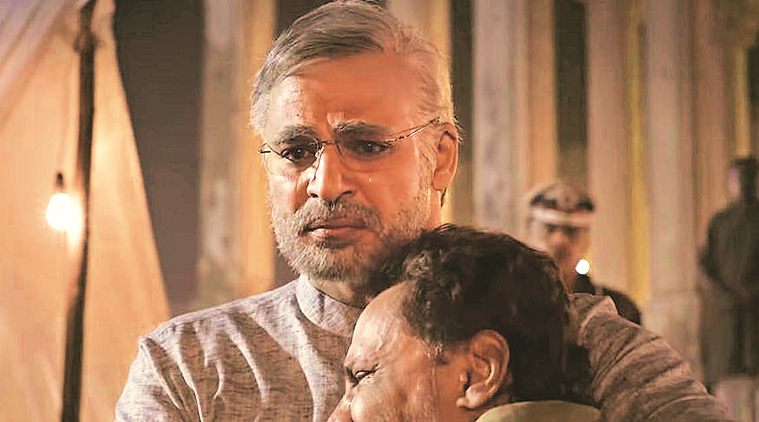
Three weeks can be a long time during an election season. Over the course of three weeks from the end of March to the middle of April, applications and complaints with respect to the biographical film on Prime Minister Narendra Modi have meandered from one venue to another. These venues include the Election Commission (EC), the Bombay High Court, the Delhi High Court, the Censor Board and the Supreme Court. Most recently, on April 9, the Censor Board certified the film — featuring Vivek Oberoi, Barkha Bisht and Boman Irani — for release. This was swiftly followed by an order from the EC prohibiting the release of the film on the basis that it would “disturb the level playing field during the elections”.
The producers of the film approached the Supreme Court challenging the EC’s decision on the basis that it violated their fundamental rights. On April 15, upon being told that the EC had issued its order without watching the film, the Court directed the EC to finalise its decision after watching the film. The next hearing at the Supreme Court is slated for April 22, by which time the viewership of the film ought to increase by at least one.
At first glance, the EC’s order appears well intentioned. It is targeted at political parties seeking to circumvent the Model Code of Conduct through “surrogate publicity”. The logic of the argument is that political parties cannot seek to do indirectly (through hagiographic films) what they cannot do directly (through advertisements or banners). Examined more closely, however, the order fails to identify important differences between an advertisement and a film, it is disproportionately broad in scope and sets an ominous precedent for the future.
In treating the film as an advertisement under the “garb of creative freedom”, the EC fails to acknowledge the differences between an advertisement and a film. An advertisement is typically imposed upon the viewer during the course of another activity. Its aim is to have an impact over a short timeframe, even if that impact develops incrementally through multiple viewings. The viewer may pay for a collateral product that carries the advertisement (a newspaper or a television channel subscription), but not the advertisement itself. On the other hand, a film involves a large, voluntary investment of time by the viewer — in this instance, two hours and 16 minutes. A film almost invariably involves payment by the viewer.
What this means in practice is that the sphere of influence of a film is limited to those willing (and able) to make that investment of time and money. However, there is an important distinction between a film and an advertisement even for those that can make that investment. While an advertisement claims to represent reality, the creators of a film — even if it is based on a true story — are entitled to a generous artistic license. For the EC to assume that the film creates “an impression of truthfulness” and that the viewer is unable to distinguish between film and fact is to underestimate the intelligence of the viewer.
The EC’s order is also disproportionately broad in a number of respects. It prohibits the release of the entire film, rather than suggesting cuts of any scenes that it considers especially likely to disturb the level playing field. It prohibits the release of the film until “further orders”, which is probably a euphemism for “until the end of the election cycle”. Rather than just prohibiting the publication of promotional material for the film (which could arguably perform the same function as a political advertisement), the order prohibits the release of the film itself.
An order of this scope and breadth sets a disquieting precedent for the future, as it effectively enables the EC to impose broad prohibitions on the publication of books and films. Hagiographies also have a place in our literary landscape — not least, they enable us to better appreciate more nuanced, sophisticated narratives. Books and films frequently prove soft targets to public institutions in India, and so it is with the EC. While the EC has asserted the strength of its authority on this issue, it has been far less decisive in addressing a catalogue of divisive and hateful speeches made by politicians across the spectrum (although its recent embargoes on campaigning are a welcome first step).
This sequence of events is beset with two ironies. First, as is often the case with attempts at censorship, the EC’s order feeds the flames that it seeks to quench. The producers of the film will be unhappy with the delays in the film’s release, but its putative political beneficiaries may be smiling. Second, censorship begets more censorship, as the Supreme Court has, somewhat inexplicably, requested the EC’s opinion to be submitted to it under “sealed cover”. The ultimate point remains the same — the voter is mature enough to appreciate the difference between hagiography and reality, and to digest critical EC reports for what they are.
The writer is an associate at Quinn Emanuel Urquhart & Sullivan, London. Views are personal